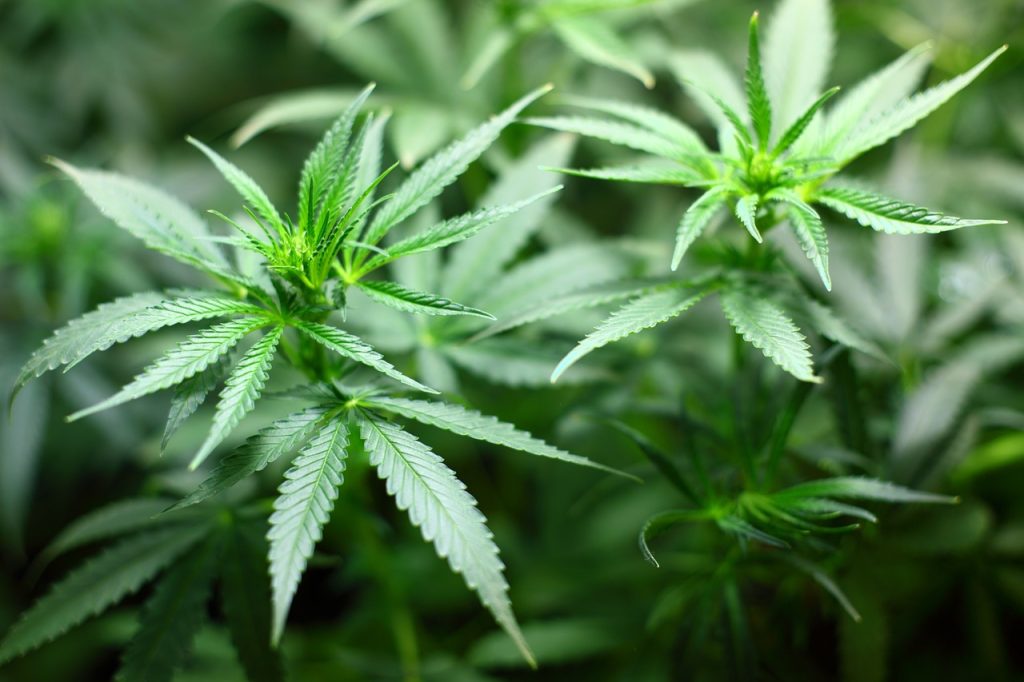All fields are required
Posted in Legionella,Legionnaire's disease,Our Blog on May 30, 2024

A Connecticut man was hospitalized with Legionnaires’ disease from an unlikely source. Garden hose water bong was the likely source.
Determining the cause of this man’s lung infection puzzled doctors, until information revealed the cannabis-related clue.
This was the topic of a paper published by the receiving hospital that brings to light new and uncharted risk factors for the disease.
In a poster session at the San Diego Convention Center on Dynamic Cases of Infectious Diseases, representatives of Danbury Hospital presented the case study, Inhaling Trouble: Legionnaires’ Disease Secondary to Cannabis Smoking with a Bong.
This study was later published in the American Journal of Respiratory and Critical Care Medicine by authors L. Nunez Cuello, D. Bhattarai, and B. Matta.
The presentation walked viewers through an actual case received at the hospital with a surprising root cause – garden hose bong water.
The case involves a 25-year old man with “concurrent alcohol and cannabis use disorders.” He was admitted to Danbury Hospital, part of the Nuvance Health System in Danbury, Connecticut. The patient was complaining of cough, confusion, vomiting, fever, and back pain for the prior four days.
According to reports, the patient appeared “lethargic, uncooperative, and delirious.”
Typical diagnostic tests were performed. The patient had abnormal lung scans, elevated blood chemistry levels, and inflammation markers.
His initial diagnosis?
Sepsis secondary to community-acquired pneumonia.
He was then treated with antibiotics to help clear up those infections.
When other diagnostic tests revealed “unremarkable” results, a Legionella Urine Antigen test was ordered. A positive result confirmed the patient was indeed infected with Legionella pneumophila bacteria.
After six days in the hospital receiving tests and subsequent treatment, the patient was discharged and prescribed antibiotics with instructions to complete a 14-day course.
Symptoms of subcutaneous emphysema related to vigorous coughing were improved by the time the patient was released from the hospital. The patient was on the mend.
While diagnostic tests revealed the patient did indeed, have Legionnaires’ disease, he wasn’t the typical Legionnaires’ disease patient. In this case, normal demographic screening criteria did not apply.
Most people presenting with Legionnaires’ disease are over 50 years of age, immunocompromised, smokers with chronic respiratory issues, or a combination of all three. In this case, the patient was 25 years old with no known immune weakness. The cannabis connection led investigators to the conclusion that this consumption may be a risk factor.
It was later determined that the likely cause of this young man’s Legionella infection was inhaling garden hose water bong vapors.
Typically, stagnant water or a poorly managed large water symptom are sources of Legionella bacteria exposure.
It is unclear whether the garden hose water source was produced by a treated or un-treated water source.
In some areas, natural water sources supply water meant for “irrigation use only” are piped to homes. These may include ice melts or rivers/streams. If available, this is a separate water system from the potable water meant for household consumption.
Legionnaires’ disease is an illnesses associated with Legionella bacterial infection. This bacterium is a naturally occurring and often found in freshwater sources such as lakes, rivers, and streams.
The problem occurs when the bacteria grow in man-made areas where it can be breathed into the lungs, where it causes a pneumonia-type illness.
Or in this case. Bong water.
The bacteria grow dangerous when it becomes aerosolized and the small droplets containing the harmful bacteria make its way into the lungs.
While garden hose water bong application was the source of this patient’s illness, certain man-made features are more common sources for dispersing Legionella bacteria into the air if contaminated.
Common sources include:
Legionnaires’ disease is often underdiagnosed, as symptoms are similar to other types of pneumonia, sometimes even indistinguishable on a chest x-ray. This was the case for this patient. Only after the specialized Legionella Urine Antigen test was performed, the patient was treated ineffectively for “community-acquired pneumonia” – a distinction from the common hospital-acquired pneumonia.
Common symptoms include:
Additional symptoms may include:
Typically, these symptoms usually begin anywhere from 2 to 14 days after exposure, though in some cases it can take even longer.
To obtain proper diagnosis, specialized laboratory tests allow health care providers to specifically treat the Legionella infection instead of non-specific pneumonia. Appropriate medication will help the patient make a better, potentially faster, recovery.
While Legionnaires’ disease from garden hose bong water certainly makes an interesting topic for a poster presentation and case study, it does highlight cannabis consumption as an emerging risk factor.
Lately, cannabis consumptions has increased. Its use in consumable and inhalable products continues to become more mainstream. Combined with the fact that contaminated water reservoirs are a common source of Legionnaires’ disease and other bacterial or parasitic infections, it is a risk factor that needs further evaluation.
According to the study, patient education, discussing cannabis-related risks and advocating alternative consumption methods such as oral ingesting are “crucial for Legionella infection prevention.
If you’d like to know more about food safety topics in the news, like “Connecticut Man Hospitalized with Legionnaires’ Disease from Garden Hose Water Bong”, check out the Make Food Safe Blog. We regularly update trending topics, foodborne infections in the news, recalls, and more! Stay tuned for quality information to help keep your family safe, while The Lange Law Firm, PLLC strives to Make Food Safe!
By: Heather Van Tassell (contributing writer, non-lawyer)
Notifications